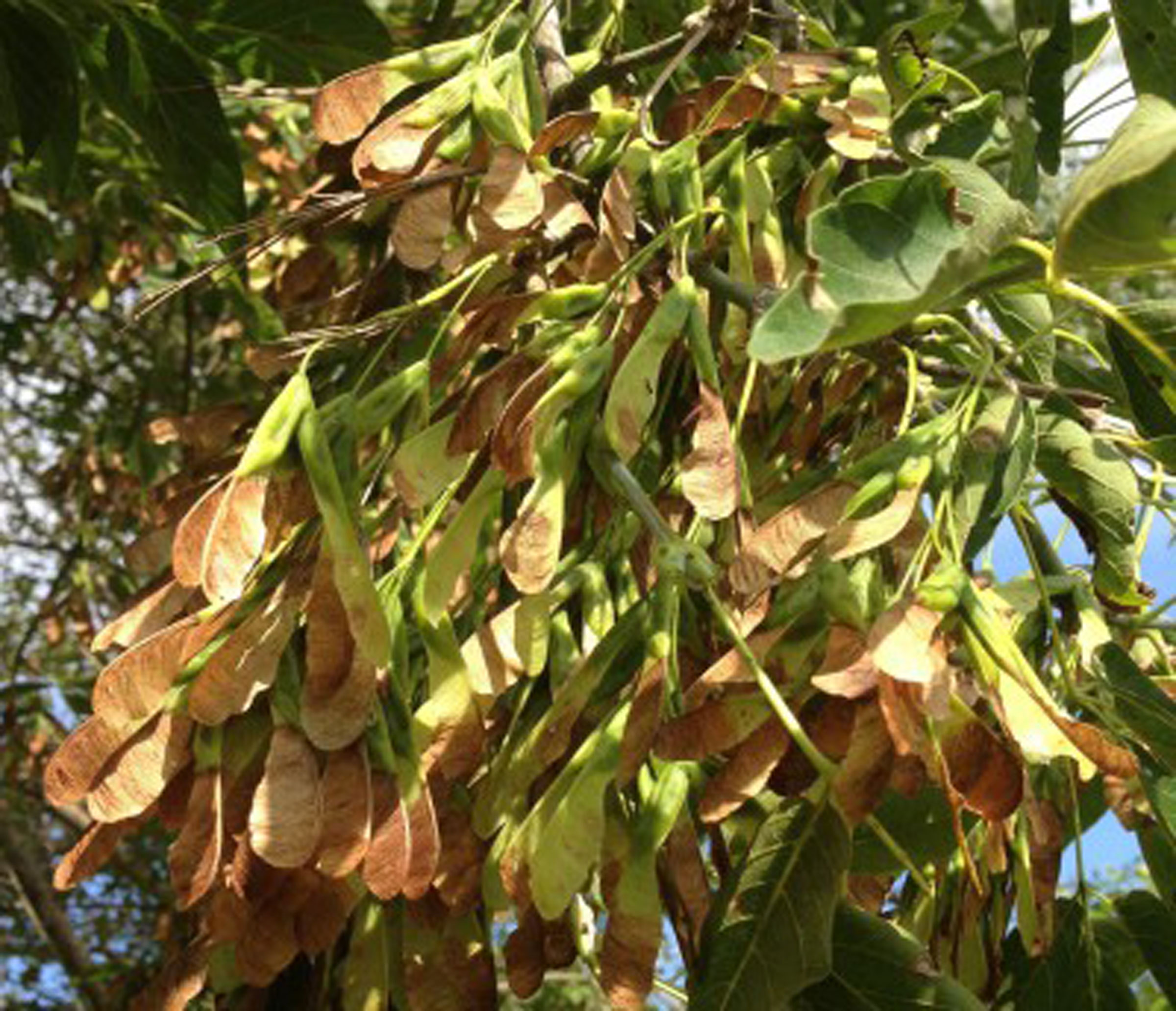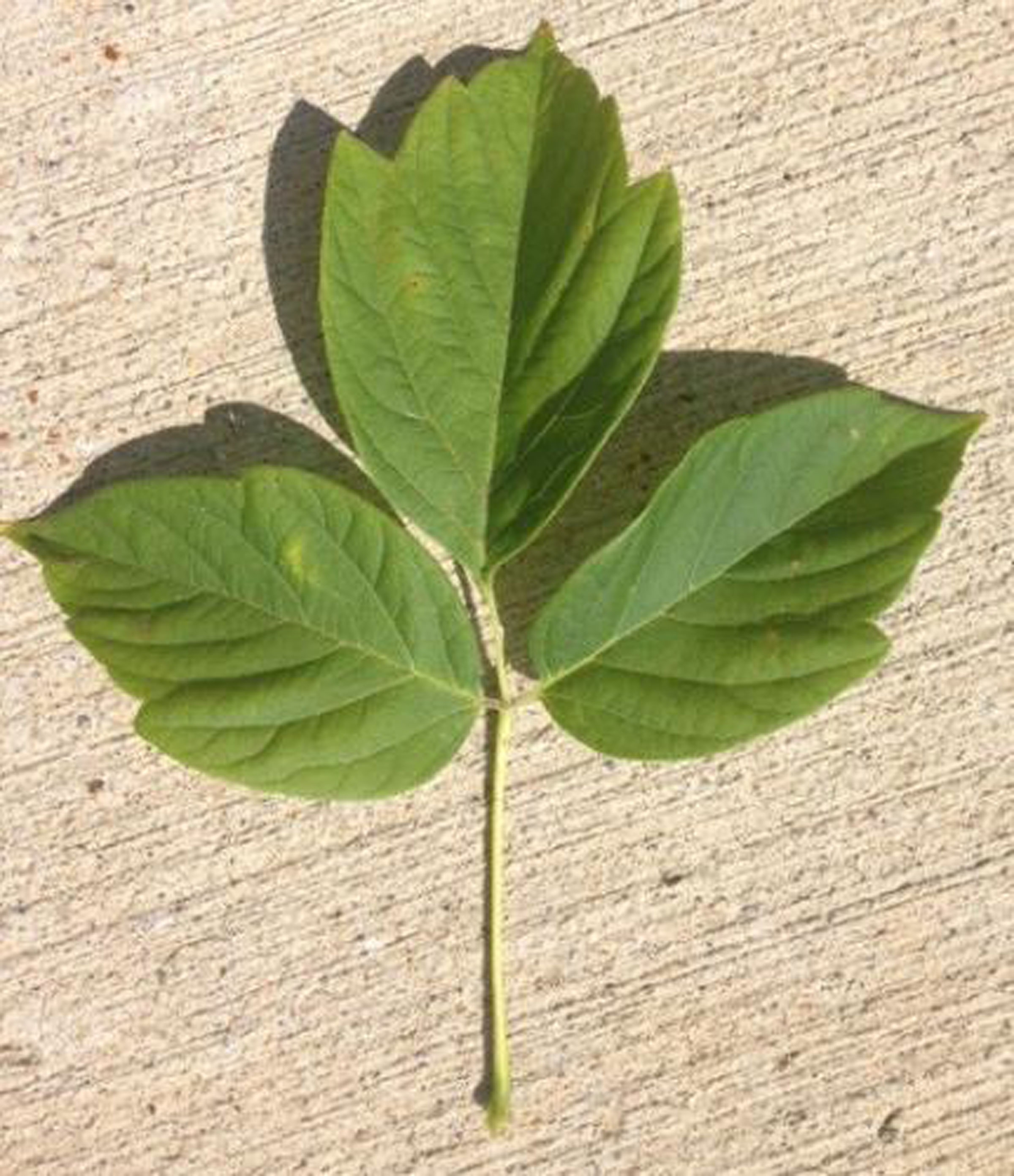
Seasonal pasture myopathy (SPM) is an equine muscle disease which can be fatal in 90 percent of cases. The fall season appears to be when horses are at the highest risk of being affected by SPM with fewer horses affected in the spring and summer. Seeds of the boxelder tree, a maple species (Acer negundo) containing the toxin hypoglycin A, have been associated with Seasonal Pasture Myopathy in horses. Ingestion of sufficient quantities of boxelder seeds containing this toxin blocks fat metabolism and breaks down respiratory and postural muscle cells.
It’s important to understand that horses do not naturally eat boxelder tree seeds. In fact, some horses may live in a pasture where boxelder trees exist without ever being affected by SPM. However, there are some important risk factors to consider when deciding what to do with pastures containing boxelder trees, especially in the fall.

Michigan State University Extension recommends the following considerations to minimize the risk of your horse being affected by SPM:
- Identify if there are any boxelder trees in or around your horse pasture. Boxelders have separate male and female trees, and the seeds are only found on the female trees.
- Do not expose horses to pastures in the fall with boxelder trees if:
- Horses are young or new to the pasture.
- Pasture is overgrazed.
- Horses are turned out on pasture for more than 12 hours per day.
- Horses on pasture are not provided with supplemental hay.
- Cut down the tree. By cutting down a female boxelder tree in a respective pasture may eliminate the immediate risk, it will not necessarily remove all risks because wind may blow boxelder seeds a long distance from trees located outside the pasture.
- Ensure your horse is fed before being turned out on fall pastures and has access to hay while on fall pastures.
- Reduce turn-out time or avoid using the pasture if risks are present.
SPM can be easily confused with colic or founder. Signs include reluctance to move, stiffness, difficulty walking or standing, reddish brown colored urine, rapid to difficulty breathing, increased periods of lying down with difficulty getting up.
If you suspect your horse may be affected by SPM, promptly contact your veterinarian. Blood tests that detect muscle damage and hypoglycin A toxin levels can help determine if your horse has SPM. If confirmed, aggressive medical treatment may be warranted.
This article was published by Michigan State University Extension. For more information, visit http://www.msue.msu.edu. To have a digest of information delivered straight to your email inbox, visit http://www.msue.msu.edu/newsletters. To contact an expert in your area, visit http://expert.msue.msu.edu, or call 888-MSUE4MI (888-678-3464). This article and photos are by Tom Guthrie of Michigan State University.


